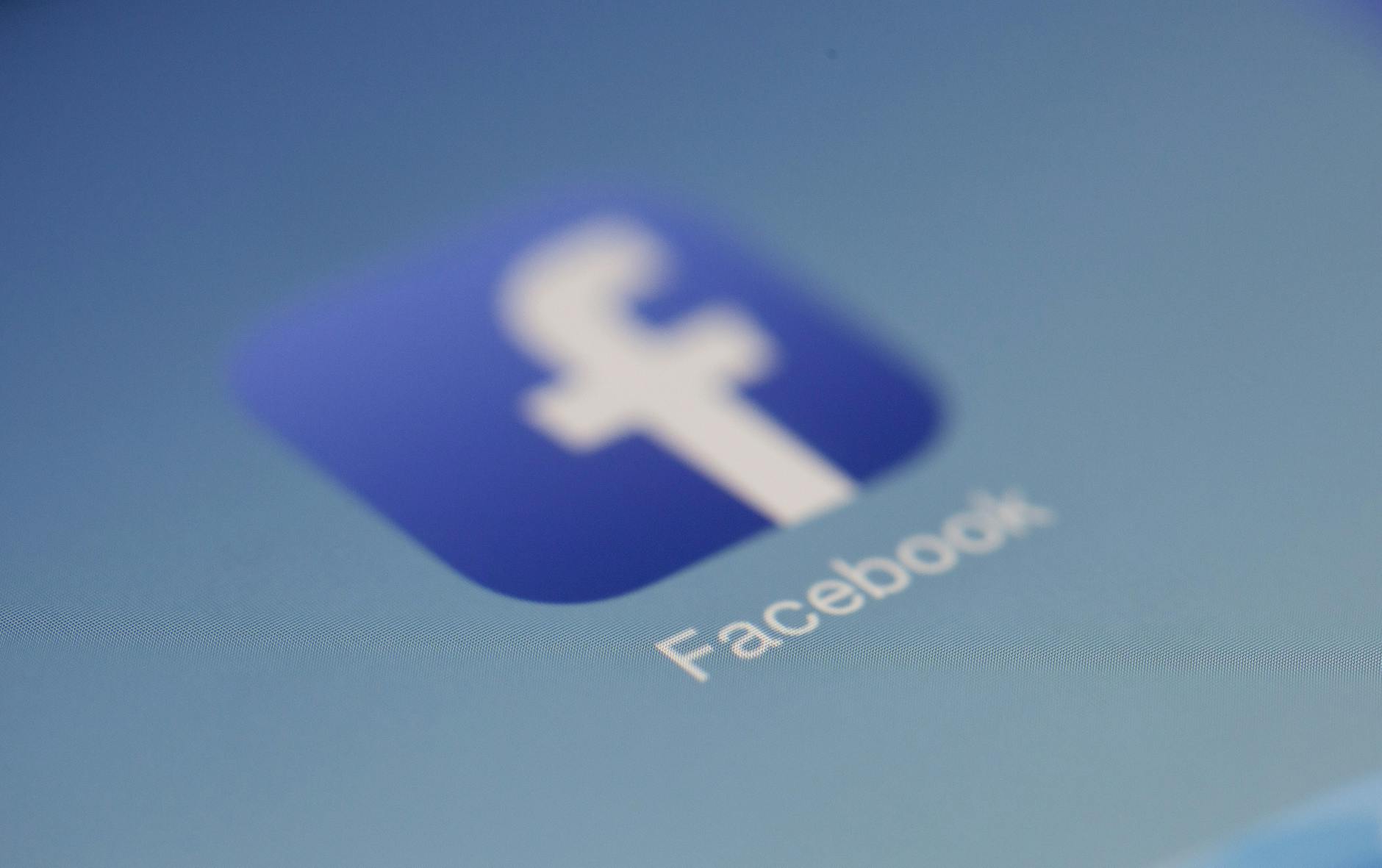Unlock the secrets of captivating logo design with our comprehensive step-by-step guide. Your brand’s identity will never be the same!
Table of Contents
Introduction to Logo Design
Logos are an essential part of a business’s branding and identity. A well-designed logo can help a company stand out in a crowded market and leave a lasting impression on consumers. Whether you are a graphic designer or a business owner looking to create a logo for your brand, mastering the art of logo design is crucial.
Understanding the Basics
Before diving into the logo design process, it’s essential to understand the basics. A logo should be simple, memorable, versatile, and appropriate for the brand it represents. It should convey the company’s values and personality in a visually appealing way.
Research and Inspiration
Start by researching your industry, competitors, and target audience to gain inspiration for your logo design. Look for trends, colors, and styles that resonate with your brand’s identity. Create a mood board or Pinterest board to gather ideas and references for your logo.
Sketching and Concept Development
Grab a sketchbook or a blank sheet of paper and start sketching out rough ideas for your logo. Play around with different shapes, symbols, and typography to see what resonates with your brand. Experiment with different concepts before settling on a final design.
Creating Your Logo
Once you have a solid concept in mind, it’s time to bring your logo to life. Whether you are designing the logo yourself or working with a graphic designer, the following steps will help you create a professional and impactful logo for your brand.
Choosing the Right Tools
There are various tools and software available for designing logos, such as Adobe Illustrator, Canva, or LogoMaker. Choose a tool that suits your skill level and allows you to create a high-quality design.
Color and Typography
Color and typography play a crucial role in logo design. Choose colors that reflect your brand’s personality and evoke the right emotions. Select a font that is legible and complements your logo’s style.
| Step | Description |
|---|---|
| 1 | Understand the brand: Research the company and its target audience to create a logo that resonates with them. |
| 2 | Conceptualize ideas: Brainstorm different concepts and sketch out rough designs to explore various possibilities. |
| 3 | Design in vector format: Use graphic design software like Adobe Illustrator to create a scalable logo that maintains its quality at any size. |
| 4 | Choose appropriate colors and fonts: Select colors and fonts that reflect the brand’s personality and appeal to the target audience. |
| 5 | Get feedback: Share your designs with colleagues or clients and gather feedback to make necessary revisions. |
| 6 | Refine and finalize: Make final tweaks to the design, ensuring it is polished and ready for implementation. |
Vector vs. Raster
It’s essential to design your logo as a vector graphic rather than a raster image. Vector graphics can be scaled to any size without losing quality, making them ideal for logos that will be used across various platforms.
Trademarking Your Logo
Once you have finalized your logo design, it’s essential to protect it by trademarking it. Trademark registration gives you exclusive rights to use your logo for commercial purposes and prevents others from using a similar design.
Trademark Registration Process
Research the trademark database to ensure that your logo is unique and not already registered by another company. File a trademark application with the appropriate authority in your country and follow the registration process to secure your logo.
Conclusion
Get
Mastering the art of logo design is a rewarding process that requires creativity, research, and attention to detail. By following the steps outlined in this guide, you can create a memorable and impactful logo for your brand and protect it through trademark registration.
Can I design my logo without any graphic design experience?
Answer 1:
Yes, there are user-friendly tools like Canva or LogoMaker that cater to beginners and offer pre-made templates to help you create a professional-looking logo.
Question 2:
What is the importance of trademarking my logo?
Answer 2:
Trademarking your logo gives you exclusive rights to use it for commercial purposes and protects it from being used by others without permission.
Question 3:
How can I choose the right colors for my logo?
Answer 3:
When selecting colors for your logo, consider your brand’s personality, target audience, and emotional impact that each color conveys.
Question 4:
Why is it crucial to design my logo in vector format?
Answer 4:
Designing your logo as a vector graphic ensures that it can be scaled to any size without losing quality, making it versatile for various applications.

